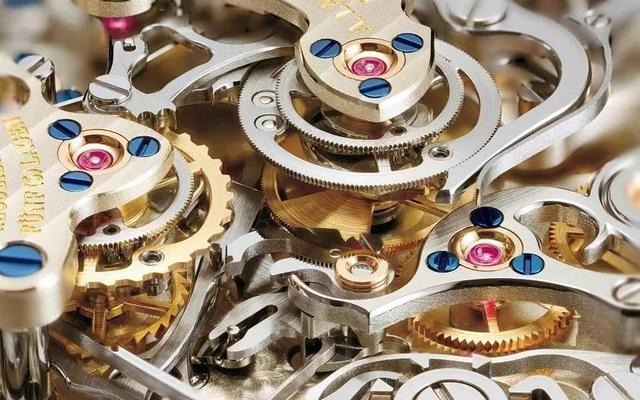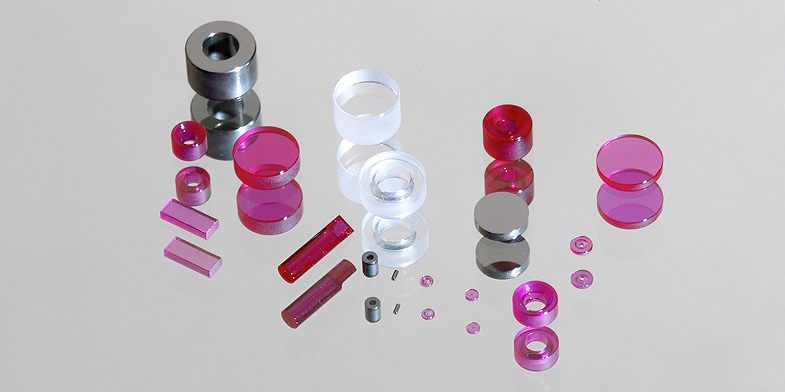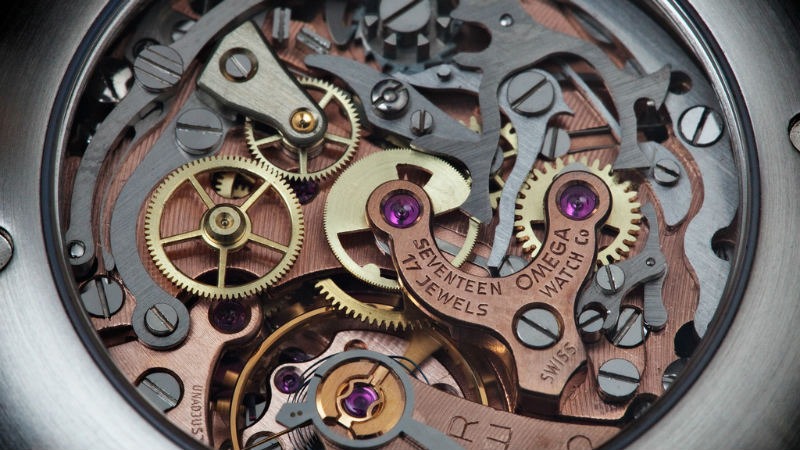Blog Replica Watch
Watch Jewels – What Do 17, 21, or 25 Jewels Mean?
If you have ever read a watch review or spec sheet, you’ve probably come across phrases like “17 jewels,” “21 jewels,” or even “25 jewels.” But what exactly does “jewel” mean in watchmaking? And does a higher jewel count automatically mean a better watch? Let’s dive into this fascinating detail of horology.
What Are Watch Jewels?
In English, jewel literally means a gemstone. In watchmaking, however, jewels refer to tiny synthetic ruby or sapphire bearings, also known as chân kính in Vietnamese.
These miniature stones are strategically placed at friction points inside the movement to:
-
Reduce wear and tear between moving metal parts.
-
Improve accuracy by ensuring smoother gear rotation.
-
Extend the lifespan of the mechanism.
Historically, natural gemstones like ruby, sapphire, or even diamond were used. Today, nearly all brands rely on synthetic rubies—affordable yet equally durable and hard.
Why Are Jewels Important in Watches?
A mechanical movement can contain over 200 tiny metal components, constantly interacting with each other. Without jewels, the gears and pivots would wear down quickly, causing timekeeping errors.
The main functions of jewels include:
-
Reducing friction: They provide a smooth, hard surface for pivots and gears.
-
Shock absorption: Protecting delicate components from sudden impacts.
-
Precision enhancement: Ensuring stable, long-term accuracy.
-
Aesthetic appeal: In skeleton or open-heart watches, red or purple jewels sparkle like tiny gems within the mechanism.
Do More Jewels Make a Watch Better?
It’s a common misconception that “the more jewels, the more valuable the watch.” In reality, jewel count depends on the complexity of the movement, not necessarily its quality.
-
17 jewels: The minimum for a standard manual-wind movement.
-
21 jewels: Common in automatic movements with a rotor system.
-
25 jewels and above: Found in complicated watches like chronographs or perpetual calendars.
⚠️ Some manufacturers in the past even added non-functional jewels for marketing purposes. These “extra jewels” didn’t improve performance—and could sometimes harm the movement.
Thus, a higher jewel count doesn’t always equal a higher-quality watch. Craftsmanship, finishing, and brand expertise matter far more.
Types of Watch Jewels
Depending on their role, jewels in a movement are classified into several types:
-
Hole Jewels: Small, flat rubies with a hole in the center to hold gear pivots.
-
Cap Jewels: Flat discs without holes, placed on high-speed pivots for extra stability.
-
Pallet Jewels: Rectangular stones mounted on the pallet fork to interact with the escape wheel.
-
Roller Jewels: Tiny cylindrical jewels attached to the balance wheel for impulse transmission.
-
Shock-Protection Jewels: Special settings (like Incabloc) that protect pivots from impact damage.
Each jewel measures less than 2 mm in diameter and only about 0.5 mm thick, yet is polished with incredible precision—a true mark of watchmaking artistry.
The Artistry of Jewels in Watches
Beyond their technical function, jewels also contribute to the visual beauty of mechanical watches. In skeletonized designs, their ruby-red sparkle provides contrast against polished steel bridges and gears, making them miniature works of art.
Collectors often admire jewels not just for utility, but as symbols of refinement and craftsmanship in horology.
Conclusion
Watch jewels (chân kính) are far more than decorative elements—they are the hidden guardians of accuracy, durability, and elegance in every mechanical timepiece.
-
17 jewels = sufficient for basic manual watches.
-
21–25 jewels = common for automatic and complex movements.
-
More than 25 jewels = not necessarily better—context matters.
When choosing a watch, don’t be misled by the jewel count alone. Focus instead on the movement quality, finishing, and the watchmaker’s reputation.








